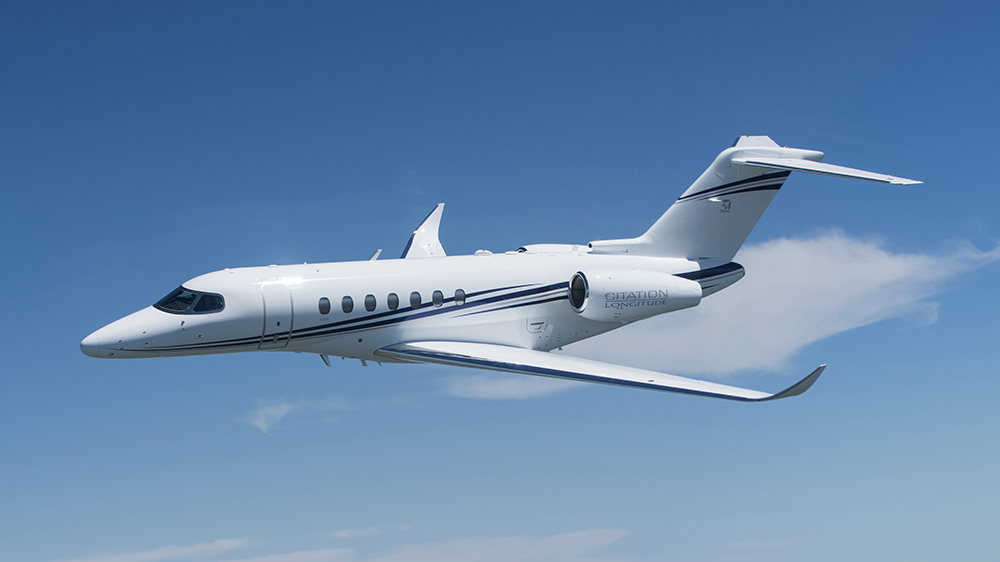There are still a number of people on this planet, close to 10%, who refuse to take a plane because they are afraid of dying in an accident. In fact, the plane is by far the safest form of transportation.
Travel accident statistics leave no doubt
For example, in 2016, there were more than 5,000 deaths from road accidents in France alone, and more than 10,000 seriously injured. In the same year, there were 325 deaths across the planet from aircraft crashes, resulting in 19 crashes. In this year, there were around 35 million flights, for more than 70 billion kilometers traveled, if you calculate an average of 2,000 km per flight at the very least. Most of the accidents had taken place outside of Europe and the United States. It is calculated that every European has one in 6,000 chance of dying in a car crash, while their chance of dying in a plane crash is less than 1 / 10,000,000. It is more likely to be struck by lightning than to die in a plane crash.
In total, we can calculate about four deaths for every 100 billion kilometers traveled by plane.
Advances in mechanics
In fact, airplanes are safer today than in the 1960s and 1970s, when there were 10 times more accidents per number of flights than today. Not only the technology has been improved, but also the safety protocols, air traffic control, radar systems, mechanisms for detecting mechanical problems on airplanes.
airplane wings are much more flexible, and can bend 90 degrees before breaking.
Much more reliable jet engines

Jet engines are tested against objects that could be sucked in by their turbine, for example birds. They are designed in such a way that, even in the event of an in-flight fire, the aircraft can land, even with one engine or with all engines no longer functioning. This was the case for the Boeing 777s which took off from Denver on February 20 of this year. Despite a completely burnt engine during the flight, he was able to land safely. A few years earlier, an Airbus A320 had landed its engine in the Hudson River in New York City, and another had landed in its cornfield in Russia, still with both engines completely turned off.
Not to mention the fact that a jet engine consists of a rotating turbine, which has much less vibration and jerk than a piston engine, and therefore lasts on average the equivalent of eight years of operation. hours a day. In fact, the vast majority of accidents involving private flights concern small piston planes, much less private jets or Turboprops.
Less serious accidents
Today, the possibility of surviving a plane crash is 95%, much higher than in the past, thanks to the security system, airport fire-fighting equipment, etc.
The threat of terrorism is overestimated
Apart from the infamous terrorist attacks of September 11, 2000, the number of aircraft crashes due to terrorism in the past two decades can be counted with the fingers of one hand, and there have been no major accidents. The media resonance given to every terrorist attack, even if it does not involve airplanes, amplifies public fears when it comes to flying.
One of the most infamous hijackings before 9/11 was TWA Flight 847, in which Hezbollah terrorists hijacked a plane from Athens to Rome, searched for passengers with “Jewish-sounding” names and forced a two-week hostage-taking at an airport in Beirut. But however gruesome and unforgivable actions like these may be, the real risk of terrorism today is negligible and has dropped dramatically since 9/11 due to changes in security and aircraft construction (e.g. , improved cockpit doors).
For more than 20 years since September 11, there have been “only” 50 hijackings, none of which in the United States or Europe.
There were 674 passengers on flights affected by terrorist activity during this period, compared to about 7,015,630,000 passengers.


